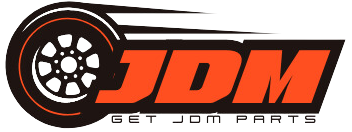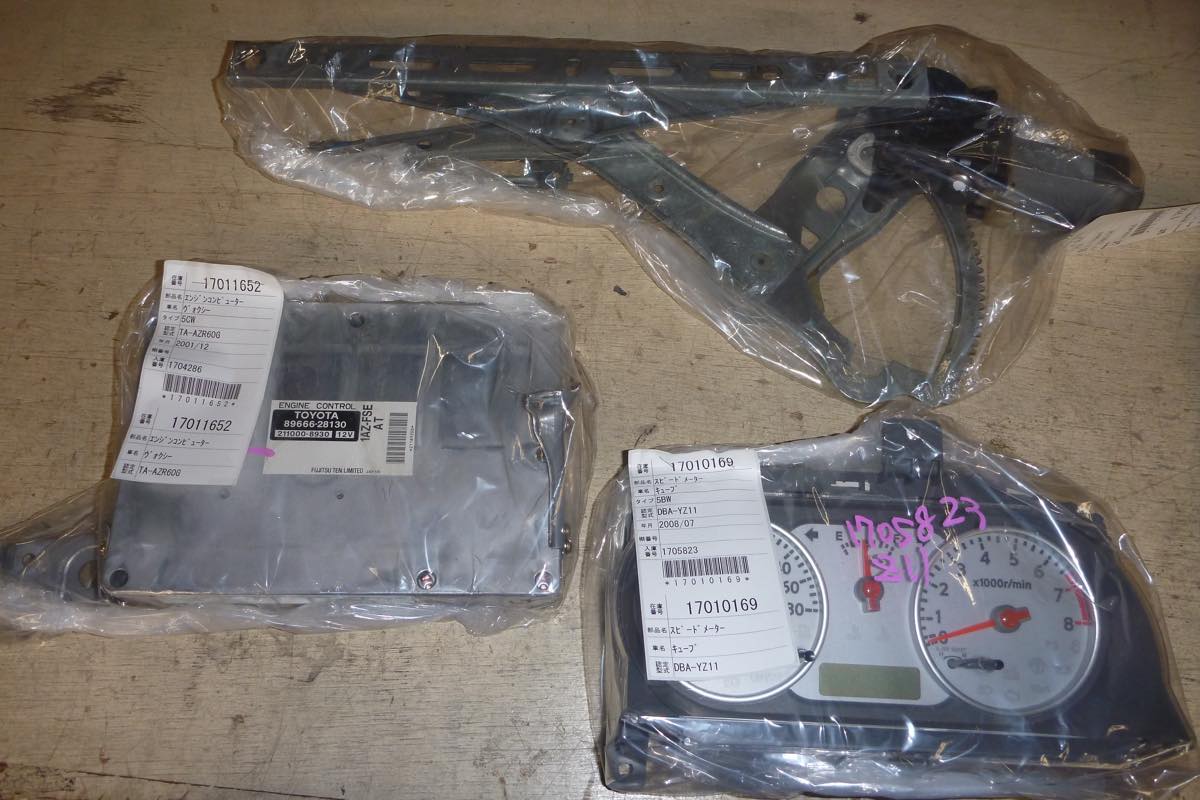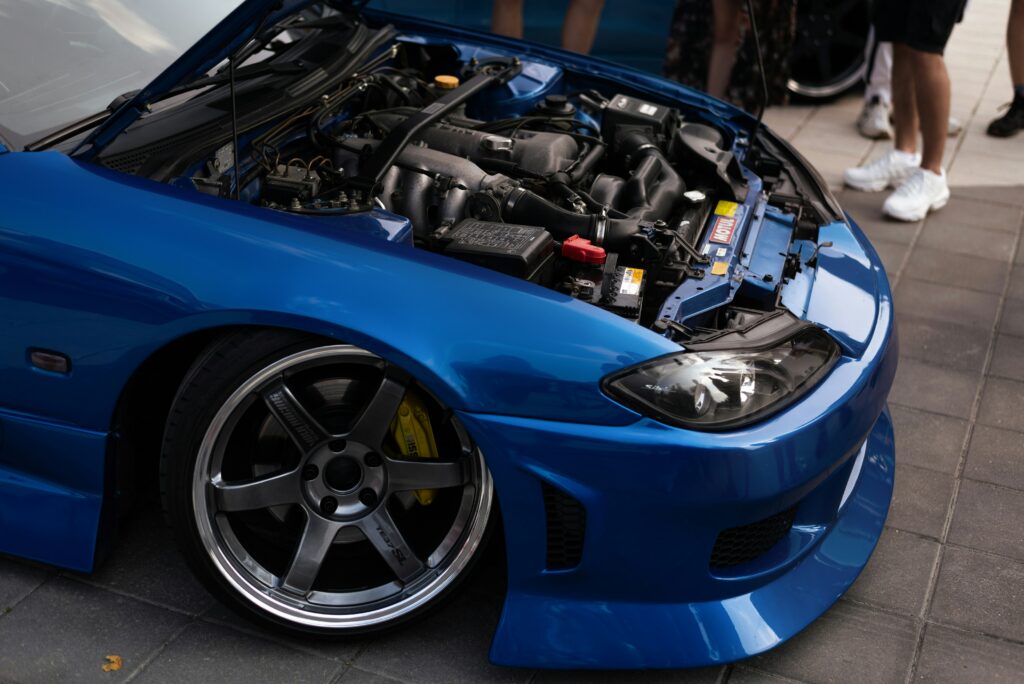When it comes to upgrading or maintaining your Japanese Domestic Market (JDM) vehicle, one of the biggest decisions you’ll face is choosing between OEM (Original Equipment Manufacturer) parts and aftermarket parts. Both options have their advantages and drawbacks, and the right choice depends on your goals, whether you’re aiming for authenticity, reliability, or performance enhancements.
At Get JDM Parts, we help enthusiasts source both OEM and aftermarket components directly from Japan. But which option is best for your JDM build? Let’s break it down.


What Are OEM JDM Parts?
OEM parts are components made by the original manufacturer of your vehicle, ensuring they meet the exact specifications intended by the factory. These are the same parts used when your car was first built.
Pros of OEM Parts:
- Guaranteed fit and compatibility. Designed specifically for your vehicle, ensuring seamless installation.
- High quality and durability. Made with strict quality control standards by the original manufacturer.
- Maintains resale value. Using genuine parts preserves the originality of your JDM car.
- Reliable performance. No unexpected compatibility or reliability issues.
Cons of OEM Parts:
- Higher cost. Typically more expensive than aftermarket options.
- Limited customization. Not ideal for performance tuning or aesthetic modifications.
- Availability issues. Some OEM parts for older JDM cars are discontinued and difficult to find.
What Are Aftermarket JDM Parts?
Aftermarket parts are produced by third-party manufacturers and are often designed to enhance performance, aesthetics, or affordability.
Pros of Aftermarket Parts:
- More affordable options. Often cheaper than OEM alternatives.
- Better performance upgrades. Many aftermarket parts are engineered to improve horsepower, handling, and efficiency.
- Wide variety and customization. Available in different materials, finishes, and configurations.
- Availability. More options, especially for discontinued or hard-to-find parts.
Cons of Aftermarket Parts:
- Potential fitment issues. Some parts may require modifications to fit properly.
- Quality variations. Not all aftermarket brands maintain the same quality standards.
- Resale impact. Excessive aftermarket modifications can sometimes reduce resale value.
- Warranty and reliability. OEM parts usually come with better warranty protection.
Which One Should You Choose for Your JDM Build?
The right choice depends on your specific needs and goals. Here are some scenarios to consider:
If you want to keep your JDM car as close to its original condition as possible, OEM parts are the way to go. They maintain the car’s integrity and ensure everything fits as intended.
If you’re looking to improve horsepower, aerodynamics, or handling, aftermarket parts offer a wider selection of upgrades.
For general maintenance, aftermarket parts can be a more affordable alternative without sacrificing quality, as long as you choose a reputable brand.
If an OEM part is no longer available, high-quality aftermarket alternatives may be your only option.
Why Source Your Parts from Get JDM Parts?
At Get JDM Parts, we specialize in sourcing both OEM and aftermarket parts directly from Japan. Whether you’re after factory-spec replacements or high-performance upgrades, we handle everything from sourcing to shipping, ensuring you get the best parts for your JDM build without the hassle.



